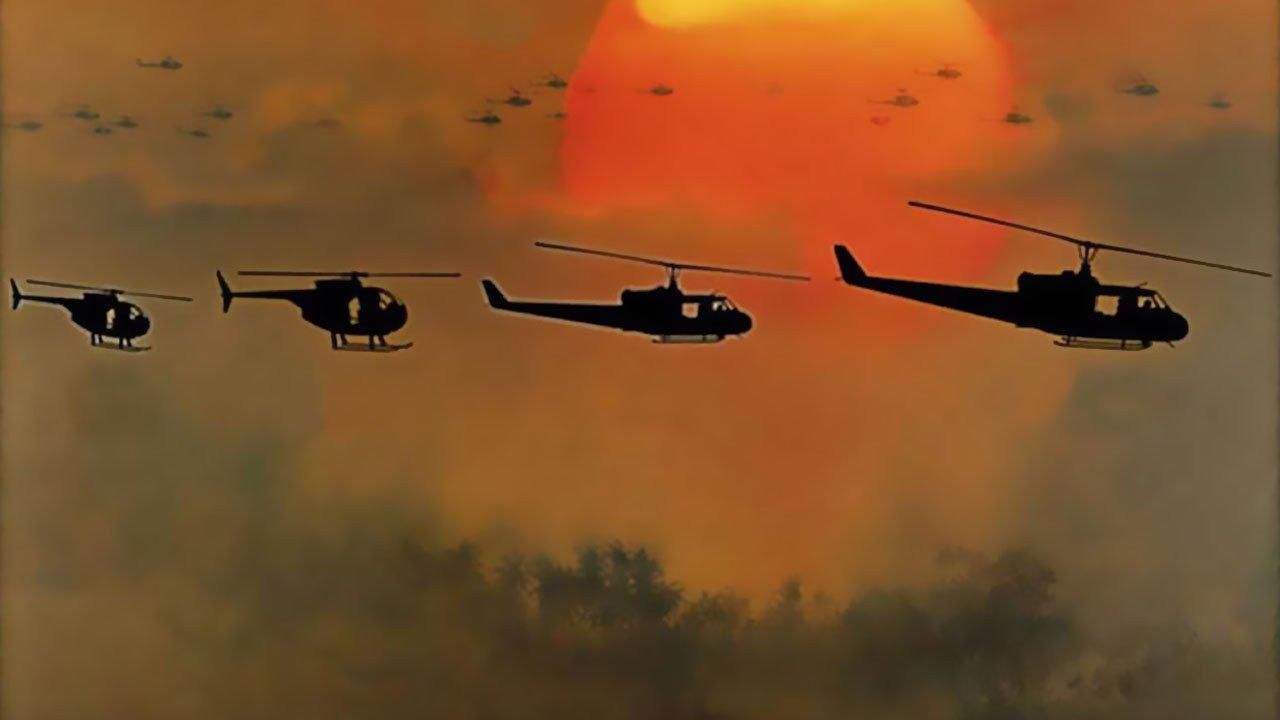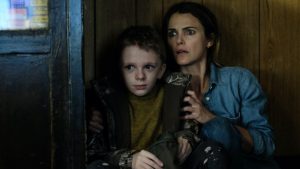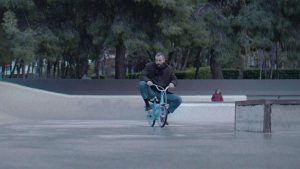
Apocalypse Now Review Movie
Apocalypse Now Review
In the Vietnam War Captain Benjamin L. Willard (Martin Sheen) is an operative special in nature (i.e. assassin) is instructed by military intelligence to track down the Special Forces commander who has been sacked and has established his own insane army in Cambodia Colonel Walter E. Kurtz (Marlon Brando) in order to "terminate the man with no mercy." Willard's adventure to the river through Vietnam is a slick action film, but is evidently an allegory for the insaneness of war and an evocation of the journey to discover one's inner self. The final 30 minutes, where Brando appears as the insane Kurtz the film transforms into an enthralling philosophical journey through chaos and improvisationseeking answers and a solution to the mystery of evil and madness.
Francis Ford Coppola's stunning Vietnam epic was first conceived in the year 1969 and was developed over the course of five years by a gung-ho pro-war author John Milius with Coppola's Zoetrope friend and anti-war Liberal George Lucas (originally set to director) as an loose adaption of the novel by Joseph Conrad Heart Of Darkness, made appropriate to the time in which the war was in the process of being fought. The novella tells the story of an individual's trek across the Congo to locate Kurtz an educated man who wanted to bring civilization to the wilderness, but ended up becoming a wild. Milius is also a major inspiration came from the epic poem of Homer's about Odysseus's journey home for ten years after his time in the Trojan War, The Odyssey which prompted Coppola in an instant of humor amid the exhaustion of his work to call his film "The absurdity."
The challenges and disasters that came with filming the film that was eventually Coppola's cult film is a legend, and which has been the subject of several books as well as the amazing document Hearts Of Darkness: A Filmmaker's Apocalypse (1991). A 16-week filming in the Philippines turned into two38 full days of primary photography from the end of 1976 and the summer of 1977. In the beginning of the one month Harvey Keitel was fired as Willard for his performance not enough resolute. In the first month, the Philippine Army kept recalling its helicopters during the night to pursue Marxist rebels. The typhoon ravaged the sets, causing a halt. The heat, stress, anger alcohol and drugs shook the trick to people's heads. In Marchof 1977 Sheen aged just 36 was afflicted with a fatal heart attack, only to return to the action five weeks after. Brando was in a sloppy state, requiring another thought process on the best way to end the movie before it killed the entire cast.
A stumbling, but hilarious, cinema the memorable Apocalypse Now setpieces are extraordinary (and so well-known in the popular culture that they've even been smacked about by The Simpsons and Duckman) As is Vittorio Storaro's Academy Award-winning cinematography.
The film begins (to The Doors"The End") with an enthralling seven-minute montage of terror memories, foreshadowing and memory when the damaged and lost Willard's demons take over him in an Saigon hotel. (His essential and highly quotable narration after the editing process was composed by Michael Herr, whose definitive Vietnam reporting in Dispatches was a valuable sources to Milius.)
The PBR is heading for the river. the PBR (a naval patrol vessel) which is manned by the Chief Chef, Clean and Lance (Hall, Forrest, Fishburne and Bottoms), Willard and the men meet up in the company of their Air Cavalry escort, commanded by one of the greatest military loonies of the past, Col. "I love the scent of napalm in the early morning" Kilgore (Robert Duvall). Unaware of explosions, shots, and a cow being lifted behind him while Kilgore barks, Kilgore plays a charismatic, demented Duke Wayne in a Stetson who calls for an early raid and napalm delivery on the Viet Cong-controlled coastal village, claiming that "Charlie doesn't like surfing," whereas he does. This is the 15-minute tour of force. The chopper squad takes off at dawn, while the bugler roars out the traditional cavalry charge. Kilgore blasts Wagner's "The Ride of the Valkyries" from his chopper tape deck , and releases "Death of Above" with a torrent of lurid flames and smoke. The film ends with an unsettling fog of green, red and orange smoke, accompanied by Col. Kilgore's famous panegyric for fuel jellied "It was the smell of. victory".
This is only the beginning of the surreal, nightmarish rock and roll encounters strikingly evoking a fatal culture clash and the psychosis of war. The barely-mute Willard is watching while chewing gum and sympathizes with his mate Kurtz when the ship scurries upriver through an encounter with a tiger Playboy bunnies dancing for the boys The berserk, then the cold-blooded murder of a family boat -and we are not allowed to begin warming up to Willard and his crewand then to"Gates of Hell "Gates Of Hell" the battle in Do Long Bridge. Do Long Bridge, the final army outpost prior to entering Cambodia and the site of an explosive tour of flares, flames guns, screams, and flares.
On the other hand, horrendous deaths headless decapitated bodies and the swarm of flies that engulf Kurtz's temple compound are in store. And, even more horrifyingly, so do the photojournalist who screams (Hopper) as well as the diatribes of the angry Brando who's butchery is violently intercut by the sacrificial killing of an ox prior to Coppola gives way to an eerie and unclear conclusion. The final horror ("The horror. The terror.") of this bizarre and hypnotically eerie journey is the closest any film has come to capturing the truth that is the Vietnam War.

